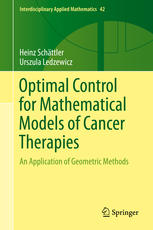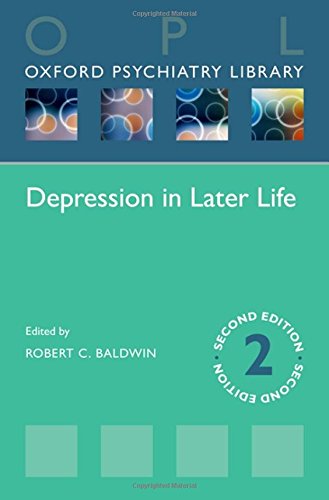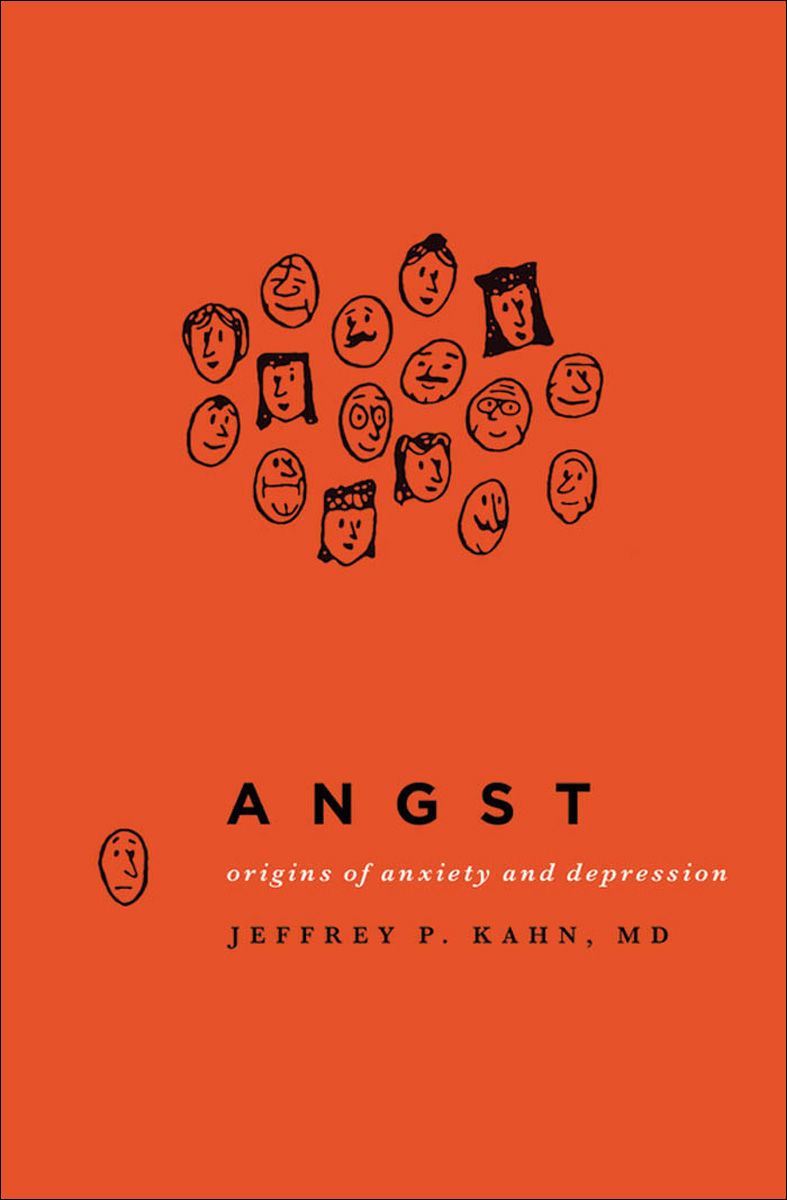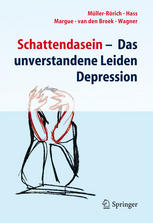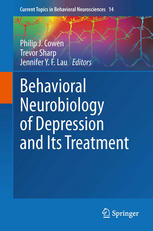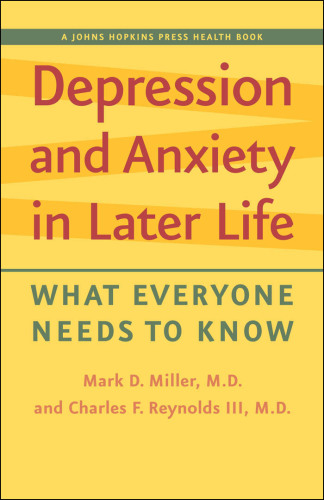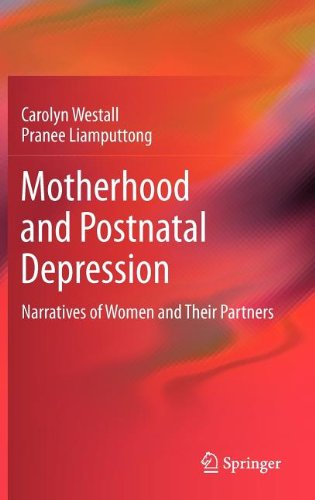کنترل بهینه مدل های ریاضی برای درمان سرطان: کاربرد روش های مهندسی ۲۰۱۵
Optimal Control for Mathematical Models of Cancer Therapies: An Application of Geometric Methods 2015
دانلود کتاب کنترل بهینه مدل های ریاضی برای درمان سرطان: کاربرد روش های مهندسی ۲۰۱۵ (Optimal Control for Mathematical Models of Cancer Therapies: An Application of Geometric Methods 2015) با لینک مستقیم و فرمت pdf (پی دی اف)
| نویسنده |
Heinz Schättler, Urszula Ledzewicz |
|---|
| تعداد صفحهها |
496 |
|---|---|
| نوع فایل |
|
| حجم |
14 MB |
| سال انتشار |
2015 |
89,000 تومان
معرفی کتاب کنترل بهینه مدل های ریاضی برای درمان سرطان: کاربرد روش های مهندسی ۲۰۱۵
این کتاب کاربردهای مهندسی بهینه سازی کنترل را در مسائل زیست پزشکی دنیای واقعی با تاکید بر درمان های سرطان ارائه می دهد. تعدادی از مدل های ریاضی برای درمان های کلاسیک و جدید سرطان به عنوان مسائل کنترلی بهینه با هدف ایجاد پروتکل های بهینه ارائه شده اند. قدرت روش های مهندسی با راه حل های جهانی کاملاً مناسب برای این مسائل چالش برانگیز ریاضی نشان داده می شود. ساختارهای پیچیده کنترل های بهینه و پاسخ های سیستم مربوطه، نمونه های عالی از کاربردهای کنترل های مهندسی بهینه شده را ارائه می دهند و نتایج به طراحی پروتکل های ساده تر و عملی تر کمک می کنند. این کتاب دقت ریاضی را با موضوعات مهم عملی در یک سبک آموزشی آسان برای خواندن ترکیب می کند. دانشجویان فارغ التحصیل و محققین علوم و مهندسی، به ویژه بیوماتیک و جنبه های ریاضی بیشتر مهندسی پزشکی، این کتاب را بسیار مفید خواهند یافت.
This book presents applications of geometric optimal control to real life biomedical problems with an emphasis on cancer treatments. A number of mathematical models for both classical and novel cancer treatments are presented as optimal control problems with the goal of constructing optimal protocols. The power of geometric methods is illustrated with fully worked out complete global solutions to these mathematically challenging problems. Elaborate constructions of optimal controls and corresponding system responses provide great examples of applications of the tools of geometric optimal control and the outcomes aid the design of simpler, practically realizable suboptimal protocols. The book blends mathematical rigor with practically important topics in an easily readable tutorial style. Graduate students and researchers in science and engineering, particularly biomathematics and more mathematical aspects of biomedical engineering, would find this book particularly useful.

